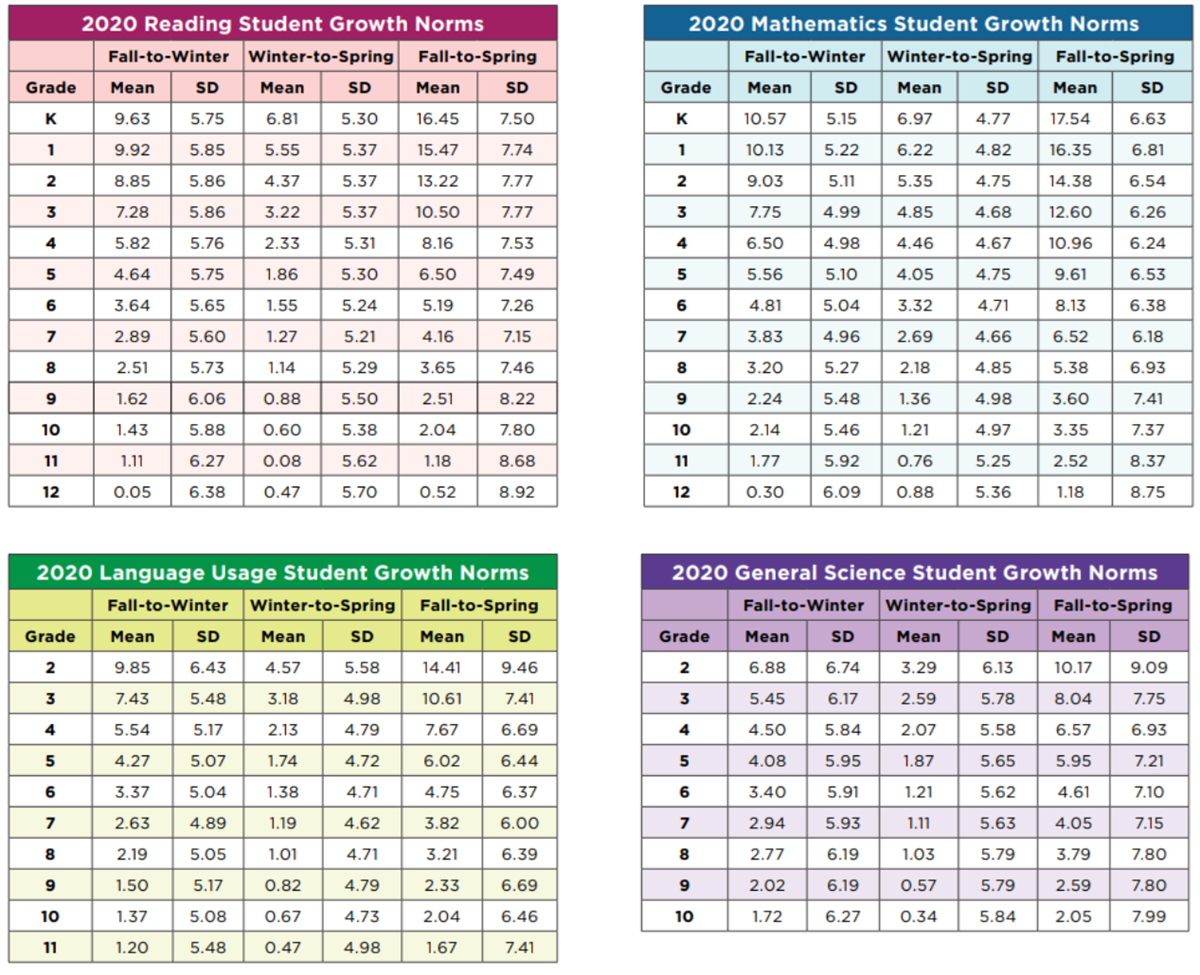
As educators and parents analyze student progress in the 2024 academic year, understanding Map scores by grade level 2024 is critical for shaping strategies to boost future outcomes. The NWEA MAP test, renowned for its adaptive design and growth-focused metrics, provides actionable insights into student proficiency in math, reading, and language usage. This article explores 2024 grade-level benchmarks, identifies trends, and offers guidance for leveraging these results to improve Nweamaptestscores2025.
What Are Map Scores by Grade Level 2024?
The NWEA MAP test measures student growth using RIT (Rasch Unit) scores, which range from 140 to 300. These scores reflect a student’s academic ability relative to grade-level expectations. For example, in 2024, third-grade math scores typically ranged between 195 and 210, while eighth-grade language usage scores averaged 215–230. These Map scores by grade level 2024 serve as benchmarks to determine whether students are on track, ahead, or need additional support.
A key advantage of MAP testing is its adaptability: questions adjust in difficulty based on student responses, ensuring precise measurement of skills. For instance, a fourth grader scoring 205 in reading may be meeting grade-level expectations, whereas a score of 190 could signal the need for targeted literacy interventions.
2024 Grade-Level Benchmarks: A Closer Look
Analyzing Map scores by grade level 2024 reveals distinct patterns across subjects and grades. Below are mid-year RIT score ranges for core subjects in 2024:
• Math:
o Grade 3: 195–210
o Grade 6: 215–230
o Grade 9: 230–245
• Reading:
o Grade 2: 185–200
o Grade 5: 205–220
o Grade 8: 215–230
• Language Usage:
o Grade 4: 200–215
o Grade 7: 215–230
o Grade 10: 225–240
These ranges help educators identify outliers. A seventh grader scoring 200 in language usage, for example, falls below the 2024 average of 215–230, suggesting a need for grammar or writing support ahead of Nweamaptestscores2025.
Trends in Map Scores by Grade Level 2024
The 2024 data highlights both progress and persistent challenges. Middle school math scores showed significant improvement, rising 3–5 RIT points compared to 2023, likely due to post-pandemic tutoring programs and curriculum shifts toward applied problem-solving. Conversely, elementary reading scores stagnated, with many second and third graders struggling to meet phonics and comprehension benchmarks.
Educators attribute these trends to several factors:
- Math Recovery Efforts: Schools prioritized hands-on math activities and small-group instruction to address pandemic-related gaps.
- Reading Roadblocks: Remote learning disruptions impacted early literacy development, leaving many students behind in decoding and fluency.
- Technology Integration: Adaptive tools like DreamBox and Lexia helped personalize learning but were underutilized in low-resource districts.
These insights underscore the importance of addressing inequities to elevate Nweamaptestscores2025 outcomes.
How to Use 2024 Data to Improve Nweamaptestscores2025
Map scores by grade level 2024 are not just retrospective—they provide a roadmap for future growth. Here’s how stakeholders can act:
For Educators:
• Group Students by Skill Level: Use RIT scores to create skill-based cohorts. A sixth-grade math class might split into groups focusing on fractions, algebra basics, or advanced geometry.
• Align Curriculum with Gaps: If 2024 scores show widespread struggles in grade 5 reading comprehension, integrate daily inferencing exercises or vocabulary-building games.
• Leverage Professional Development: Train teachers to interpret MAP data and design differentiated lesson plans.
For Parents:
• Review Score Reports: Identify areas where your child excels or needs help. A 2024 math score of 200 in fourth grade (against a 210 average) might mean practicing multiplication fluency.
• Create a Learning Routine: Dedicate 20–30 minutes daily to skill-building apps like IXL or Reading Eggs, which align with MAP test content.
• Collaborate with Teachers: Attend workshops to understand RIT scores and set realistic goals for Nweamaptestscores2025.
For Students:
• Track Personal Growth: Compare fall and spring 2024 scores to celebrate progress. A jump from 195 to 205 in reading RIT is a win worth recognizing.
• Focus on Weak Areas: Use school resources, like after-school tutoring or online practice modules, to tackle challenging topics.
The Role of Predictive Analytics in Shaping Nweamaptestscores2025
Schools are increasingly using Map scores by grade level 2024 to forecast 2025 outcomes. Predictive models analyze historical data to identify at-risk students and allocate resources efficiently. For example, a district in Ohio flagged 12% of seventh graders as “high risk” for falling below 2025 math benchmarks based on stagnant 2024 scores. These students received intensive algebra readiness training, resulting in a projected 8–10-point RIT increase.
Similarly, districts are aligning MAP data with state standards to ensure curricula meet college and career readiness goals. A ninth grader scoring 235 in math (near the 2024 average of 230–245) might be guided toward advanced courses to prepare for STEM pathways.
Conclusion: Turning 2024 Insights into 2025 Success
The Map scores by grade level 2024 offer a treasure trove of insights for educators, parents, and students. By understanding these benchmarks, addressing learning gaps, and fostering collaboration, stakeholders can create targeted strategies to elevate Nweamaptestscores2025. Whether through adaptive technology, differentiated instruction, or predictive analytics, the focus remains on empowering every student to achieve their academic potential.
For more detailed information and resources on NWEA MAP scores, visit SchoolTest.org.